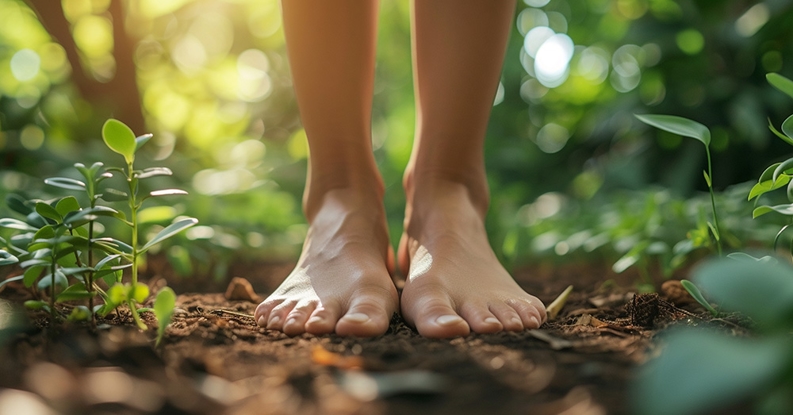Staying Active as You Age
- Category: Southwest General Medical Group, General Health, Family Medicine
- Posted On:
- Written By: Southwest General Hospital

Reasons to Get Moving as You Get Older
Leading an inactive or sedentary lifestyle can take a toll on your overall health. Here's why you should get up and get moving to promote better health as you get older.
Supports Cardiovascular Health
Just like any other muscle in your body, your heart needs exercise to perform everyday functions effectively and efficiently. When your heart is exercised regularly, it is better able to pump blood throughout your body with little strain.
According to the World Health Organization, physical inactivity is a leading factor that increases your risk of developing coronary artery disease and other cardiovascular health complications. Staying physically active as you age helps to decrease the risk of developing heart disease and also can keep pre-existing conditions in check in the following ways:
- Lowers blood pressure
- Lowers HDL (bad cholesterol) level
- Improves circulation
- Helps you to maintain a healthy weight
- Maintains hormonal balance
Supports Orthopedic Health
Around aged 50 for men and after menopause for women, bone mass begins to decline. This is because your body begins to reabsorb the calcium and phosphorus stored in your bones to transport these nutrients to other parts of the body. When too much bone is lost, osteoporosis develops—making the bones more porous and fragile, or less dense
Similar to muscles, bones also respond to exercise by becoming stronger. Weight-bearing exercises and resistance exercises are the best to help build up bone density.
Some weight-bearing exercises to add to your routine include:
- Hiking
- Yoga
- Jogging
- Speed-walking
- Climbing stairs
Some resistance exercises to add to your routine include:
- Lifting weights
- Squats
- Lunges
- Push-ups
- Sit-ups
Reduces Pain
While many people living with chronic pain may believe that they are too weak to continue physical activity, staying active can actually help to reduce pain. When listening to your body and gradually introducing regular physical activity into your routine, you can effectively build strength and reduce various sources of aches and pains.
Recommended Physical Activity
According to the Office of Disease Prevention and Health Promotion (ODPHP), it is recommended that adults aim for about two hours and 30 minutes each week of moderate-intensity aerobic exercise. If you weren’t previously active, you can start slowly and build up to more exercise over time.
Some moderate-intensity exercises you can incorporate into your fitness routine include:
- Jogging
- Speed-walking
- Dancing
- Swimming
- Bike riding
- Gardening


